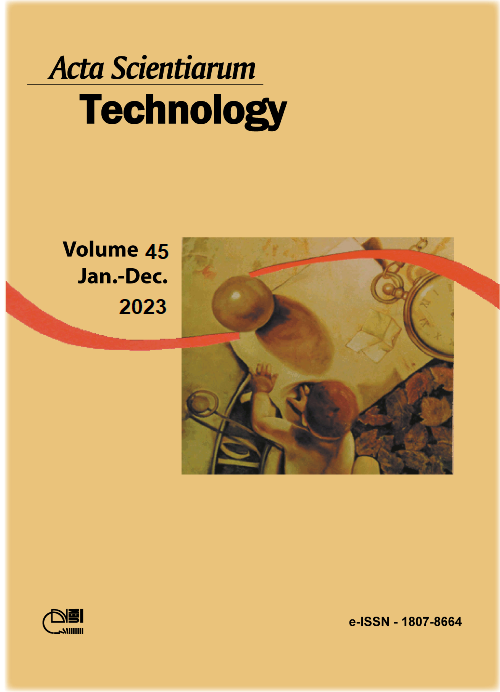Geotechnologies applied to geographic information system (GIS) of Fish farming in Rondônia state, Western Amazon
DOI:
https://doi.org/10.4025/actascitechnol.v45i1.64103Palavras-chave:
Database; Information systems; Kernel density estimator; Spatial Analysis.Resumo
This research demonstrated a Geographic Information System (GIS) of licensed fish farms in Rondônia state, Brazil. Based on structuring of the GIS, spatial analyzes of location and distribution of fish farms were carried out in relation to highway network; to drainage; to microregions of Rondônia and the verification of the density. Methodological procedure consisted of modeling the Database (DB), whose information was obtained from Secretaria do Estado de Rondônia para Desenvolvimento Ambiental (SEDAM/RO), which holds the references of licensed fish farms processed in SPRING and ARCGIS 9 Arcmap 9.3 software. For spatial statistics, the Kernel density estimator was applied. The main result is the fact that GIS made it quick and easy to search for data and information about the fish farms studied. The highest density was 4937.64 fish farms per unit area in Ji-Paraná microregion, which is located in the Central region of Rondônia state. In thematic mapping, the fish farms showed some spatial dependencies, as follows: I - They depend on main access, highway BR 364. II - The cluster of fish farms is arranged where there is greater availability of water, that is, they depend on water courses. Therefore, positioning and distribution of fish farms take place in the three main microregions, Ji-Paraná 40.30% of licensed fish farms, followed by microregions of Cacoal 16.02% and Ariquemes 15.87%.
Downloads
Downloads
Publicado
Como Citar
Edição
Seção
Licença
DECLARAÇíO DE ORIGINALIDADE E DIREITOS AUTORAIS
Declaro que o presente artigo é original, não tendo sido submetido í publicação em qualquer outro periódico nacional ou internacional, quer seja em parte ou em sua totalidade.
Os direitos autorais pertencem exclusivamente aos autores. Os direitos de licenciamento utilizados pelo periódico é a licença Creative Commons Attribution 4.0 (CC BY 4.0): são permitidos o compartilhamento (cópia e distribuição do material em qualqer meio ou formato) e adaptação (remix, transformação e criação de material a partir do conteúdo assim licenciado para quaisquer fins, inclusive comerciais.
Recomenda-se a leitura desse link para maiores informações sobre o tema: fornecimento de créditos e referências de forma correta, entre outros detalhes cruciais para uso adequado do material licenciado.















